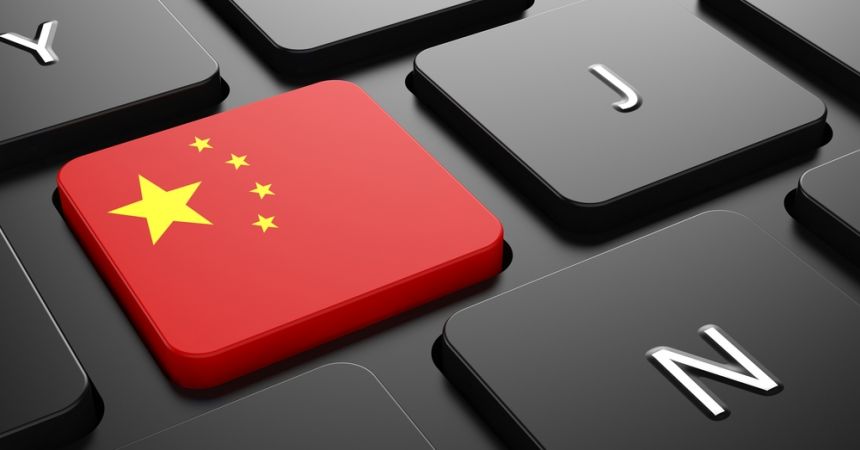The Corona pandemic is likely to influence the images of many nations. This is because billions of individuals are stranded at home comparing nations’ responses to the virus. Moreover, news organizations throughout the world are constantly reporting on the policies of other nations. Finally, periods of acute crisis can challenge misconceptions and worldviews. Indeed, it is during times of crises that people may be willing to reevaluate their beliefs and opinions.
One notable example is Italy whose late response to the virus, and overflowing emergency rooms will brand it a failure. Conversely, Sweden will be remembered as the ‘maverick’ state who refused to follow the example of other nations. The U.S. may be remembered as the ‘Crawling Giant’, a superpower brought to a halt by a ‘ere’ virus. And what about China? How will China be remembered? Will the Corona outbreak serve as the coronation in which China officially claims its tile as the new dominant world power?
China’s image altered dramatically throughout the pandemic. In December of 2019, newspapers in Israel, the U.K. and France all reported on a mysterious ‘Asian flu’ that was causing widespread panic in China. Next, newspapers framed, or depicted China as a ‘Paper Tiger’, a mighty empire unable to treat a simple flu. Over the following days and weeks, Western newspapers alleged that China was imposing barbaric restrictions on its citizens including quarantines and curfews. Images and videos documented Chinese soldiers welding peoples’ doors shut and forcing them back into their homes. Yet as the virus migrated to other nations, China was framed in a new light. Its ‘tough’ measures were deemed ‘necessary’, its policies of social distancing and quarantines were to be emulated and its experience with Corona-like viruses (e.g., Sars) was invaluable.
It was at this point that China was dubbed the ‘victor’ of the Corona virus thanks to a steady decline in the number of confirmed cases. As the victor, China then exported its knowledge elsewhere. When Chinese doctors landed in Italy to offer much needed support, they were greeted by an official motorcade while the Italian national anthem playing in the background. According to one online video, Italian citizens played the Chinese national anthem from their balconies thanking the Chinese government for coming to Italy’s aid. Chinese medical equipment and protective gear were also sent to other nations including Israel.
Notably, images matter in diplomacy. Nations that have a ‘positive’ or ‘forceful’ image may find it easier to obtain foreign policy goals, to join alliances, to sign lucrative trade agreements and join elite diplomatic forums (e.g., UN Security Council). Images also increase a state’s a power as others fear its wrath, or seek its friendship. For a period of several weeks, China’s image began to change in Europe and the Middle East. It was the Chinese cavalry that came to save the Italians, while the American cavalry was out of sight. Epidemiologists were eager to learn from China’s experience with viruses; medical teams sought Chinese training and policy makers hoped to carry favor with Beijing. Most importantly, China was depicted as a positive archetype of managing health pandemics, alongside South Korea and Singapore.
This transformation in China’s image may help explain why the State Department has launched a new digital campaign aimed at re-framing China. The U.S.’s goal is to depict China as the source of the Corona virus and the one responsible for its global spread. The U.S. campaign was made evident in two videos published by the State Department on Twitter. In the first, shown below, Secretary of State Mike Pompeo argues that China must answer three questions- How did the virus come to be? How fast did it spread in China? Did China know about the virus before it migrated to other countries?
The second video, shown below repeats similar messages.
What is most important in these videos is their language. First, Pompeo does not refer to the ‘Chinese government’ but to the ‘Communist Party’. This is no mistake. By referencing to the Communist party Pompeo reminds audiences that China remains an ideological opponent to the ‘liberal’ West. Second, Pompeo argues that China must ‘come clean’. This insinuates that China is lying or covering something up. The videos also allege that China chose not to warn the world of the virus. The image that is crafted through these videos is that of ‘the devil you know’. Like its predecessors (e.g., the USSR), China too is a communist regime that hides the truth and fails to cooperate with other nations in good faith. Corona is to China what Chernobyl was to the USSR- a massive cover up, one that harms the well being of all nations.
It is possible that this digital campaign has been used to re-frame China and limit its reputational gains from the Corona outbreak. For if China is remembered as the instigator of the pandemic, it’s coronation as the new world power will have to be delayed.





Leave a comment